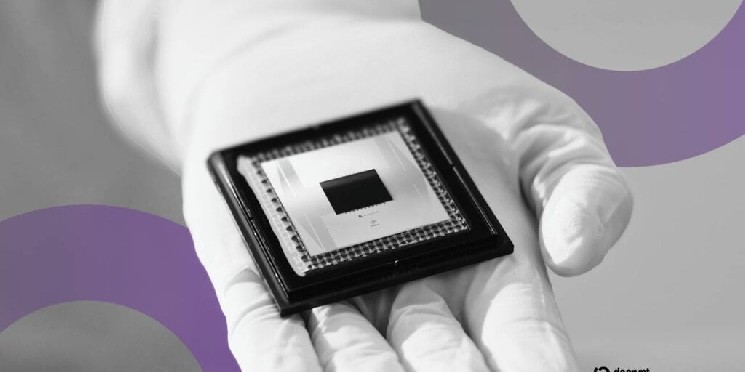IBM's latest quantum breakthrough brings the world of cryptocurrencies a little closer to the nightmare scenario: a computer capable of breaking Bitcoin's encryption.
In a report published earlier this month, IBM researchers reported the creation of a 120-qubit entangled state, the most significant and most stable of its kind to date.
The experiment, described in a paper titled “Big Cats: Entanglement in 120 Qbits and Beyond,” demonstrates true multipart entanglement across all qubits. This is an important step toward fault-tolerant quantum computers that can one day run algorithms powerful enough to crack modern codes.
“We aim to create large-scale entangled resource states on quantum computers using noise-suppressed circuits,” the researchers wrote. “To achieve this goal, we use graph theory, stabilizer groups, and non-computational techniques of circuitry.”
The report comes as development of practical quantum computers progresses rapidly and competition among big tech companies intensifies. IBM's breakthrough has surpassed Google's Quantum AI, with its 105-qubit Willow chip last week executing a physics algorithm faster than traditional computers can simulate.
make a bigger cat
In the study, the IBM team used a class of quantum states known as Greenberger-Horn-Zeilinger, often referred to as “cat states” after Schrödinger's famous thought experiment.
A GHZ state is a system in which all qubits are all 0s and all 1s at the same time. When one qubit changes, all qubits change. This is impossible in classical physics.
“In addition to its practical utility, the GHZ state has historically been used as a benchmark for a variety of quantum platforms, including ions, superconductors, neutral atoms, and photons,” they write. “This arises from the fact that these states are extremely sensitive to experimental imperfections; in fact, these states can be used to achieve quantum sensing at the Heisenberg limit,” they said, referring to the ultimate limit on how precisely something can be measured in quantum physics.
To reach 120 qubits, IBM researchers used superconducting circuitry and an adaptive compiler that maps operations to the least noisy areas of the chip.
They also employed a process called temporal decomputation, which allows qubits to temporarily disentangle and rest in a stable state before being reconnected later.
What exactly is a “quantum”?
The quality of the results was measured using fidelity, a measure of how close the generated state is to the ideal mathematical state.
Fidelity 1.0 means complete control. 0.5 is the threshold that confirms complete entanglement. IBM's 120-qubit GHZ state has a score of 0.56, which is sufficient to prove that all qubits remain part of a single coherent system.
It is computationally impossible to directly verify such a result, and testing all configurations of 120 qubits would take longer than the age of the universe.
Instead, IBM relied on two statistical shortcuts. One is parity oscillation testing, which tracks collective interference patterns, and the other is direct fidelity estimation, which randomly samples a subset of measurable properties of the state called stabilizers.
Each stabilizer acts as a diagnostic, checking whether a pair of qubits remains in sync.
Why is it important for Bitcoin?
Although still far from posing a real cryptographic threat, IBM's breakthrough brings it one step closer to putting at risk the 6.6 million BTC (worth about $767.28 billion) experiment that quantum computing research group Project 11 warned was vulnerable to quantum attacks.
These at-risk coins include those owned by Bitcoin founder Satoshi Nakamoto.
“This is one of the biggest debates in Bitcoin: what to do with Satoshi's coins. You can't move the coins, and Satoshi probably won't exist,” said Alex Pruden, founder of Project 11. Decrypt. “So what will happen to that Bitcoin? Bitcoin makes up a significant portion of the supply. Do we burn it, redistribute it, or let a quantum computer acquire it? That's the only option.”
Once a Bitcoin address reveals its public key, a sufficiently powerful quantum computer could theoretically reconstruct it and seize the funds before it can be verified. IBM's 120-qubit system doesn't have that capacity itself, but it represents progress toward that scale.
With IBM aiming to achieve fault-tolerant systems by 2030, and Google and Quantinuum pursuing similar goals, the timeline for quantum threats to digital assets is becoming increasingly realistic.

